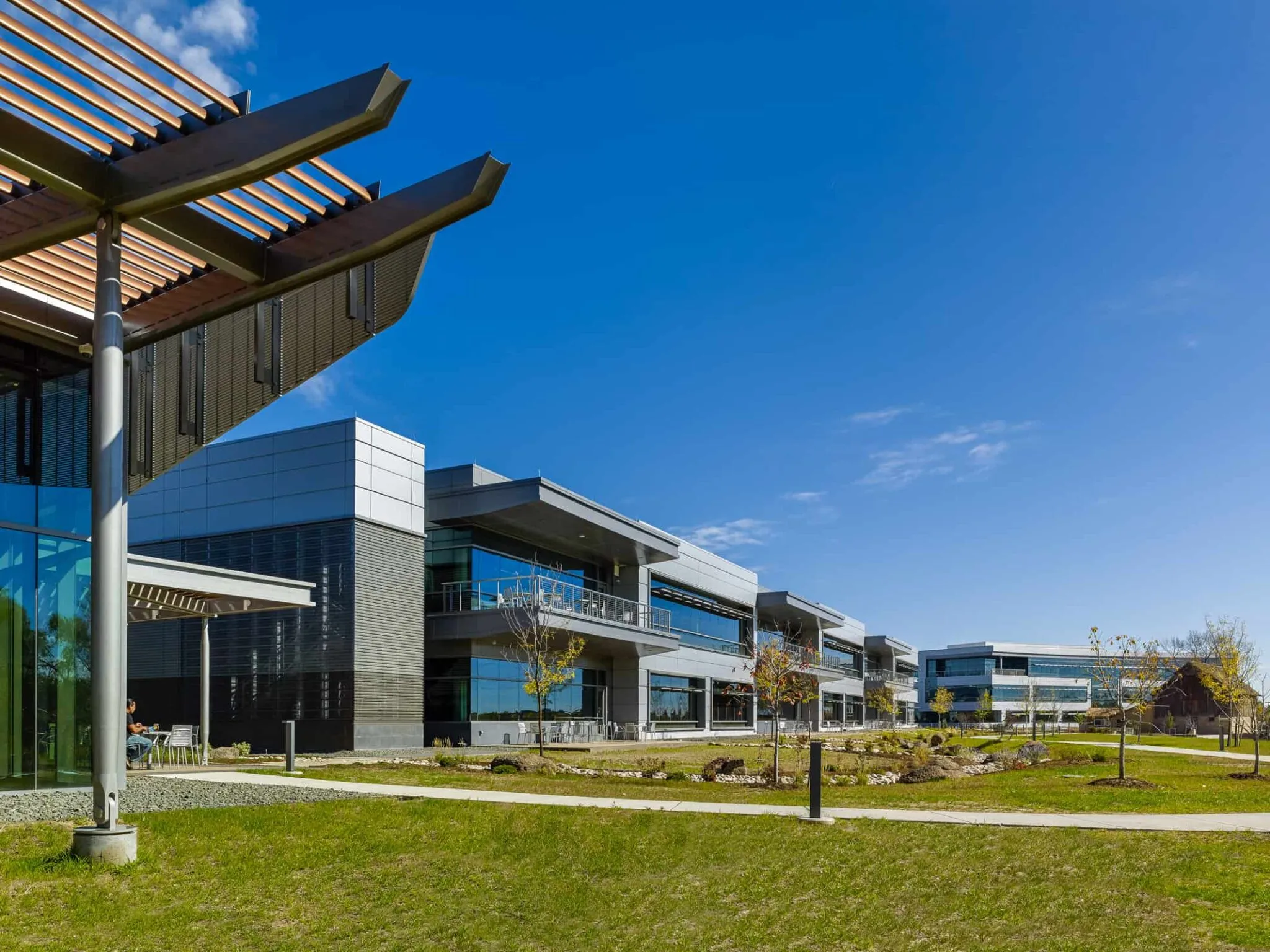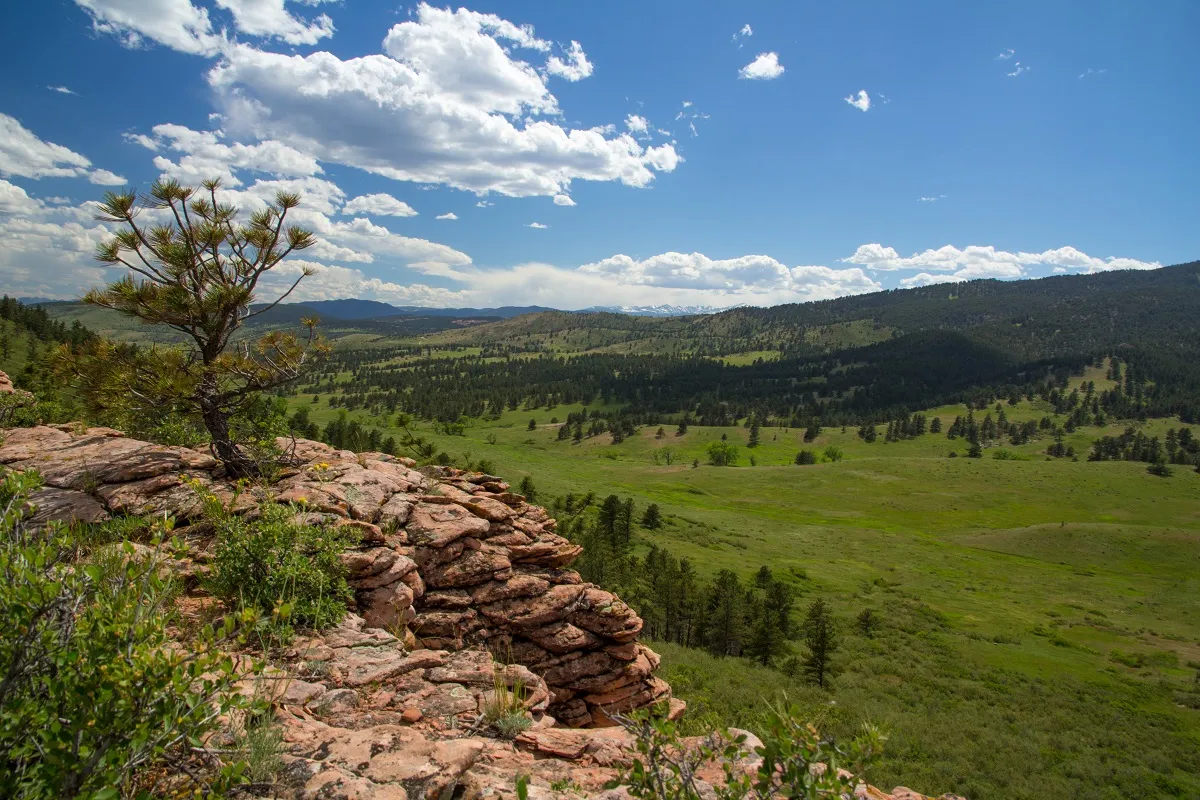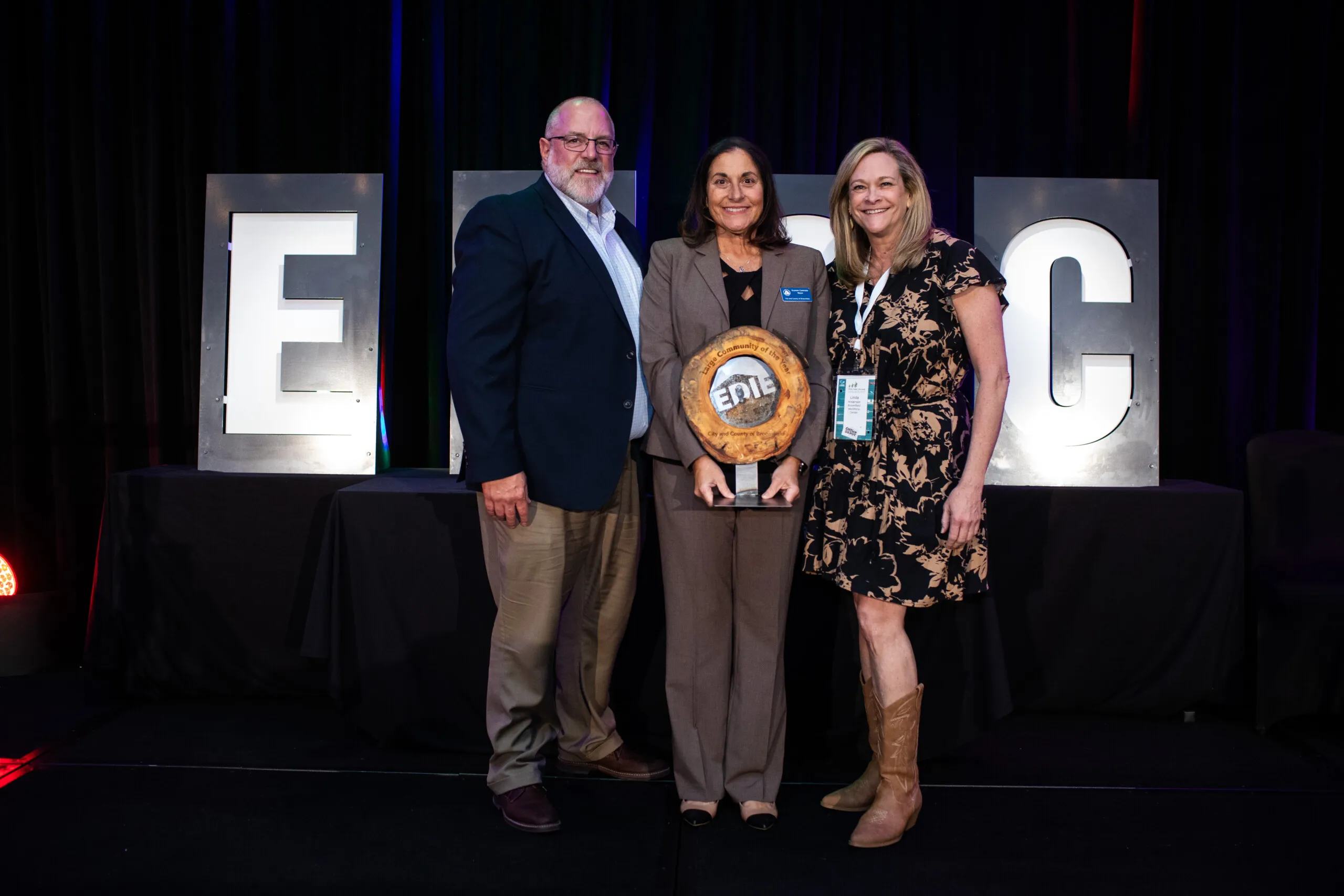Confluence: With agricultural water available, is NoCo the next source for thirsty cities?
While it’s not quite yet the Western Slope, a panel of water experts warn that creative methods of transferring water from Northern Colorado into the rest of the Front Range have to be implemented to manage an ever-growing population.
The panel’s discussion closed BizWest’s Confluence, a conference on the present and future of Northern Colorado’s water supplies.
Plenty of water in NoCo…
SPONSORED CONTENT
Patrick McMeekin, vice president of Hartford Homes, is adamant about one part of Northern Colorado’s water supply: The region is not running out of water anytime soon.
He points to the existing water suppliers in the area, with more than 195,000 acre-feet of water controlled by local irrigation companies alone before factoring in water from the Colorado-Big Thompson Project.
But there’s a caveat to McMeekin’s claim: While 95% of water from Larimer and Weld Irrigation Co. is used in agriculture, the water controlled by North Poudre Irrigation Co. and Water Supply & Storage Co. is 75% and 55% controlled, respectively, by local municipalities. That figure is likely to rise as more people move to the area and into new housing.
“There is a tremendous amount of water in Northern Colorado,” he said, but cities and industrial users may start trying to acquire rural water shares more aggressively “to the detriment of ag if our current process continues.”
…and plenty of interest
Brett Bovee, a regional director at consulting firm Westwater Research, noted there are about 30 different municipal and local water providers in Northern Colorado compared to areas like Denver, which has just one municipal operator.
That alone creates a competitive marketplace for water rights that has steadily driven the price of water shares up through the second half of the last decade to nearly $60,000 for a Big Thompson share in 2019.
On top of that local competition, demand from the south is also forcing up prices for water rights.
Broadly speaking, one reason why growing areas in the Denver area such as Aurora or Thornton are trying to acquire water rights in Northern Colorado is not to transport the water itself. Rather, those cities can use those water rights to offset their activities to the south that would otherwise interfere with the access that more senior rights holders enjoy.
“Those wells can operate so long as they can find agricultural ditch water or other sources that feed the river and mitigate the effects of that pumping,” he said.
Alternatives to buy and dry
While that demand may make it enticing for agricultural water rights holders to sell to a city or developer, there’s historical evidence that the practice of “buy and dry” significantly hurts the viability of rural parts of the state.
Megan Gutwein, an attorney with Berg Hill Greenleaf Ruscitti LLP who focuses on water law, points to the Arkansas River basin covering Colorado Springs and the state’s southeast corner.
While the area has been heavily reliant on irrigated agriculture since the 19th century, water transfers back in the 1950s have taken more than 100,000 irrigated acres out of production in that area.
When those lands are dried, they become more susceptible to weed infestations, and soil erosion leads to dust storms. Ultimately, those conditions can gut small towns that rely on agriculture as its economic engine, Gutwein said.
“Some of these smaller towns out there that depend on agriculture will just dry up and become a ghost town essentially,” she said.
She said alternative methods of water transfer can help mitigate these effects. Since 2002, the Lower Arkansas Valley Water Conservancy District has used conservation easements, or paying landowners to keep water in agricultural use, and allowing cities to lease water supplies in post-drought recovery periods rather than requiring them to purchase the rights completely.
Stressors on water supplies coming
From a housing perspective, McMeekin said the Denver area’s higher average income gives it the ability to pay more for water shares.
In the short term of the next few years, that’s likely to increase housing prices overall. But McMeekin warns that as more of these water rights are acquired for offsetting, less of it can be used in ways that stretch the limits of what is a limited resource.
“Our opportunity to do anything creative with alternative transfer methods starts to dwindle if more and more of that water gets earmarked for augmentation and things like that,” he said.
Gutwein, who lives in Loveland, said the increase in housing projects in that city and elsewhere in Northern Colorado show the demand for resources isn’t just coming from the Denver metro area.
“It seems like the stress is really coming from all directions up here, and I think it’s important to try and get ahead of it as much as possible,” she said.
While it’s not quite yet the Western Slope, a panel of water experts warn that creative methods of transferring water from Northern Colorado into the rest of the Front Range have to be implemented to manage an ever-growing population.
The panel’s discussion closed BizWest’s Confluence, a conference on the present and future of Northern Colorado’s water supplies.
Plenty of water in NoCo…
Patrick McMeekin, vice president of Hartford Homes, is adamant about one part of Northern Colorado’s water supply: The region is not running out of water anytime soon.
He points to the existing water suppliers in the…




